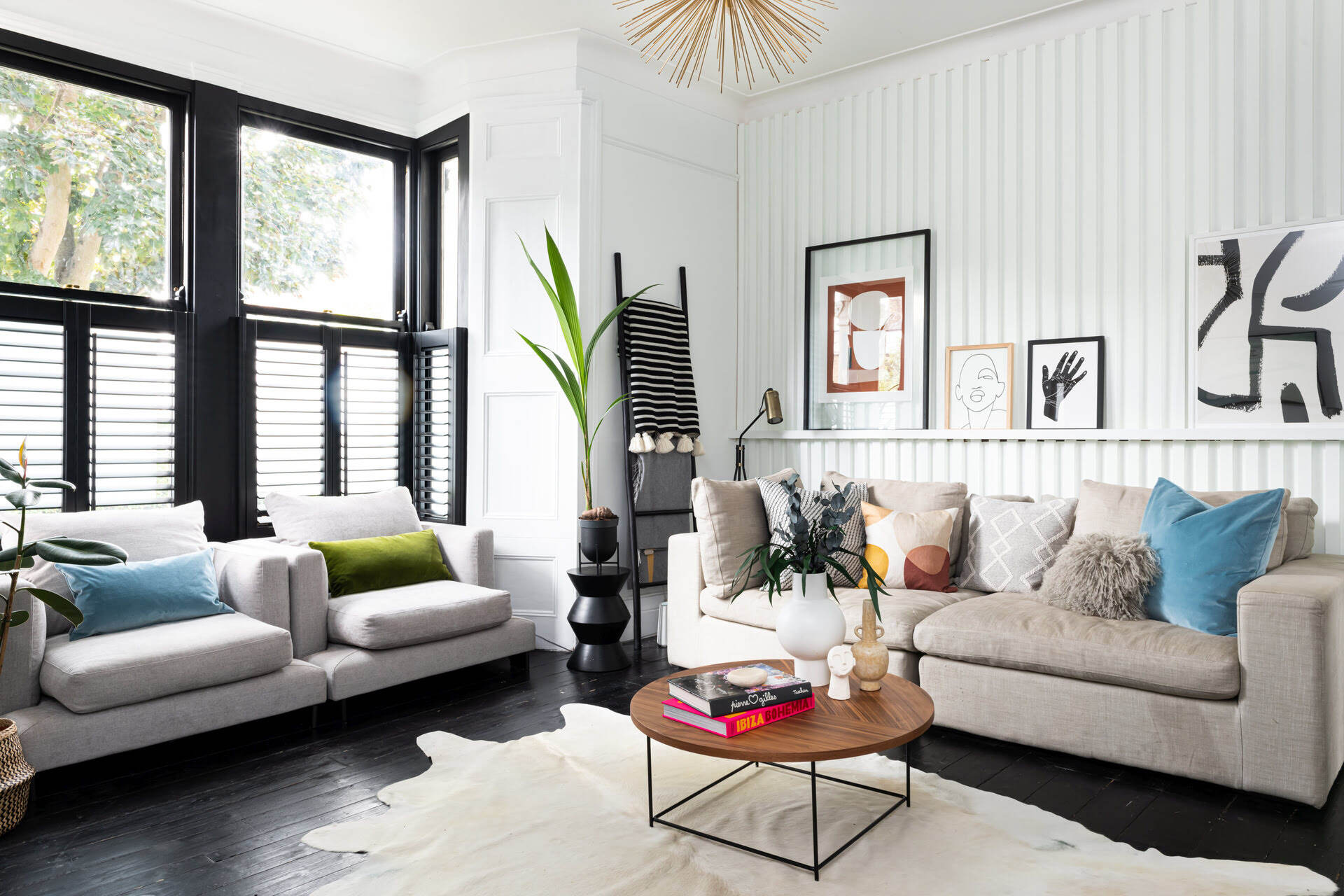

Articles
How To Maximize Small Living Room
Modified: January 19, 2024
Discover effective strategies and practical tips in our articles on how to maximize a small living room, creating a functional and stylish space that maximizes every inch.
(Many of the links in this article redirect to a specific reviewed product. Your purchase of these products through affiliate links helps to generate commission for Storables.com, at no extra cost. Learn more)
Introduction
Welcome to our guide on maximizing small living rooms. Whether you live in a cozy city apartment or have a limited space in your home, it’s essential to make the most of every square inch. Your living room is the heart of your home, where you relax, entertain guests, and spend quality time with your family. With careful planning and creative strategies, you can transform your small living room into a functional and inviting space.
When it comes to designing a small living room, the key is to prioritize practicality and optimize the available space. From choosing the right furniture to incorporating smart storage solutions, there are various techniques you can employ to make your room feel larger, brighter, and more spacious.
In this guide, we will walk you through the process of maximizing your small living room step-by-step. We will provide you with useful tips and insights to help you make informed design choices and create a space that reflects your style and meets your needs.
So, let’s dive in and discover how to transform your small living room into a comfortable and stylish oasis!
Key Takeaways:
- Maximize small living rooms by choosing space-efficient furniture, utilizing vertical space, and incorporating multi-functional pieces. Strategic lighting, color selection, and creative storage solutions are key to creating a spacious and inviting environment.
- Transform your small living room into a stylish oasis by arranging furniture strategically, creating visual depth, and incorporating personalized wall art and decorations. With the right techniques, every inch of space can be optimized for comfort and functionality.
Choosing the Right Furniture
When it comes to maximizing a small living room, choosing the right furniture is crucial. Opt for pieces that are both functional and space-efficient. Here are some tips to consider:
- Measure the space: Before purchasing furniture, measure the dimensions of your living room. This will help you determine the appropriate size and scale of furniture that will fit comfortably in the space.
- Scale down: Look for furniture with a smaller footprint. Choose a compact sofa or a loveseat instead of a large sectional. Select armchairs with slender arms and legs to visually create more space.
- Multifunctional pieces: Consider furniture that serves dual purposes, such as a coffee table with hidden storage or ottomans that can be used for seating and storage.
- Light-colored upholstery: Opt for furniture with light-colored upholstery, as it helps create an illusion of more space. Lighter shades also reflect natural light, making the room feel brighter and more open.
- Choose leggy furniture: Look for furniture pieces with exposed legs. This design element creates visual openness and makes the room feel less cramped.
Remember, it’s essential to strike a balance between functionality and the number of furniture pieces in your small living room. Avoid overcrowding the space with too many pieces, as it can make the room feel claustrophobic. Less is more when it comes to furnishing a small living room.
Next, let’s explore how to utilize vertical space effectively in your small living room.
Utilizing Vertical Space
When you have limited floor space, it’s important to make the most of your vertical space. By directing your attention upwards, you can effectively maximize storage and create the illusion of a taller and more spacious living room. Here are some ideas to help you utilize vertical space:
- Wall-mounted shelves: Install floating shelves or wall-mounted bookcases to store books, decorative items, and other belongings. This not only adds storage but also draws the eye upwards, creating visual interest.
- Tall storage units: Consider investing in tall storage units, such as floor-to-ceiling cabinets or wardrobes. These provide ample storage for items you don’t need immediate access to, helping to keep your living room organized and clutter-free.
- Vertical art display: Hang artwork or create a gallery wall that extends vertically. This draws the eye upwards and adds visual height to the room. Choose artwork with vertical elements or opt for tall and narrow frames.
- Utilize high shelves: Make use of the space above doorways or windows by installing high shelves. Here, you can display decorative items or store items that are not frequently used.
- Ceiling-hung storage: Consider using ceiling-hung storage options, such as hanging pot racks or floating shelves, to free up counter or floor space. This is particularly useful in small kitchens or open-concept living rooms.
By utilizing vertical space effectively, you can maximize storage and create a visually appealing living room that feels more spacious. Let’s explore some creative storage solutions in the next section.
Creative Storage Solutions
In a small living room, it’s important to get creative with storage solutions to keep your space organized and clutter-free. Here are some innovative storage ideas to consider:
- Hidden storage: Look for furniture pieces with hidden compartments, such as ottomans or coffee tables that open up to reveal storage space. These allow you to tuck away items like blankets, magazines, or remote controls, keeping them out of sight while maximizing functionality.
- Vertical storage bins: Invest in tall, slim storage bins that can easily fit into narrow spaces like corners or between furniture. These bins are perfect for stowing away items like toys, extra pillows, or blankets.
- Underneath furniture: Utilize the empty space underneath furniture by using storage containers or baskets. Slide them under your sofa or coffee table to store items like DVDs, board games, or extra linens.
- Modular shelving: Consider installing modular shelving units that can be customized to fit the dimensions of your living room. These versatile shelves can be adjusted or rearranged as needed, providing storage space for books, decor, and even small electronics.
- Wall-mounted organizers: Install wall-mounted organizers, such as hooks or pegboards, to hang and store items like keys, hats, or small accessories. This helps keep frequently used items within reach without taking up valuable surface or floor space.
Think outside the box when it comes to storage solutions. Look for hidden nooks, unused spaces, or creative ways to incorporate storage into your living room design. By implementing these storage ideas, you can keep your small living room tidy and maximize the available space.
In the next section, we will explore the importance of lighting and mirrors in creating the illusion of a larger living room.
Lighting and Mirrors
Proper lighting and the strategic use of mirrors can make a significant difference in maximizing a small living room. These elements help create an illusion of space, brightness, and depth, making the room feel larger and more inviting. Here are some tips to consider:
- Natural lighting: Maximize the natural light in your living room by keeping windows uncovered or using sheer curtains. Natural light not only brightens up the room but also opens up the space visually.
- Ambient lighting: Implement ambient lighting, such as ceiling fixtures or pendant lights, to create a warm and inviting atmosphere. This type of lighting helps to illuminate the entire room evenly and makes it appear larger.
- Task lighting: Incorporate task lighting in areas where you need focused light, such as reading corners, workspaces, or side tables. This provides functionality without compromising on style.
- Strategic mirror placement: Hang mirrors on walls opposite windows or in areas where they can reflect natural light. Mirrors not only create a sense of spaciousness but also add a decorative element to your living room.
- Mirrored furniture: Consider incorporating mirrored furniture, such as a coffee table or side table with a mirrored surface. This not only adds a touch of elegance but also helps to visually expand the room.
By utilizing various lighting techniques and incorporating mirrors strategically, you can enhance the overall visual appeal and spaciousness of your small living room. These elements work together to create an inviting and comfortable atmosphere.
In the next section, we will delve into the importance of color selection in maximizing a small living room.
Read more: How To Organize A Small Living Room
Selecting the Right Colors
The colors you choose for your small living room can have a significant impact on its visual perception and overall ambiance. By utilizing the right color palette, you can create a sense of spaciousness and openness. Here are some tips for selecting the right colors:
- Light and neutral tones: Opt for light and neutral tones on the walls, such as whites, creams, or pastels. These colors help reflect light and create a brighter and airier feeling in the room.
- Avoid dark or intense hues: While dark colors can add drama and depth to a room, they tend to absorb light and make a space feel smaller. It’s best to avoid using dark or intense hues on the walls in small living rooms.
- Contrast with accents: Incorporate contrast by using pops of color in your furniture, pillows, curtains, or accessories. This adds visual interest without overwhelming the space.
- Monochromatic color scheme: Consider a monochromatic color scheme, using different shades of the same color throughout the room. This creates a cohesive and visually pleasing look while maintaining a sense of spaciousness.
- Use color accents strategically: If you want to add a bold or vibrant color, do so in small doses. Use it as an accent in artwork, cushions, or a statement piece of furniture to create a focal point without overpowering the room.
Remember to consider the natural lighting in your living room when selecting colors, as it can affect how colors appear. Experiment with different color swatches and observe how they interact with the lighting conditions in your space.
Now that we’ve explored the importance of color selection, let’s move on to the concept of multi-functional furniture in maximizing a small living room.
Utilize multi-functional furniture such as a sofa bed or a coffee table with storage to maximize space in a small living room. This will help to create a more functional and organized space.
Multi-functional Furniture
When dealing with limited space in a small living room, multi-functional furniture can be a game-changer. These versatile pieces serve dual purposes, providing both functionality and space-saving solutions. Here are some examples of multi-functional furniture:
- Sofa beds: A sofa bed is a great investment for a small living room. It can function as a comfortable seating area during the day and easily convert into a bed at night to accommodate guests.
- Storage ottomans: Ottomans with built-in storage compartments are a fantastic way to declutter your living room. They can serve as a footrest, extra seating, and a place to store blankets, pillows, or other items.
- Convertible coffee tables: Choose coffee tables that can convert into dining tables or work desks. This allows you to maximize the functionality of the space depending on your needs.
- Nesting tables: Nesting tables are a versatile option for a small living room. They can be used as side tables when needed and easily nested together to save space when not in use.
- Wall-mounted desks: Consider installing a wall-mounted desk that folds down when not in use. This provides a dedicated workspace without taking up valuable floor space.
These multi-functional furniture pieces not only save space but also add versatility and convenience to your small living room. By selecting furniture that serves multiple purposes, you can make the most of every square inch of your space.
Next, let’s explore how strategically arranging furniture can help optimize your small living room layout.
Arranging Furniture Strategically
Proper furniture arrangement is crucial to maximize space and create a functional layout in a small living room. By strategically placing your furniture, you can optimize traffic flow and make the room feel more open and spacious. Here are some tips for arranging furniture:
- Focal point: Identify the focal point of your living room, such as a fireplace, TV, or a large window. Arrange your furniture around this focal point to create a cohesive and visually pleasing layout.
- Float furniture: Instead of pushing all your furniture against the walls, consider floating some pieces in the middle of the room. This helps create a more intimate seating area and makes the room feel more open.
- Consider traffic flow: Allow for easy movement by ensuring there is enough space for people to walk around without bumping into furniture. Arrange your furniture in a way that maintains clear pathways and avoids blocking entryways or windows.
- Scale and proportion: Pay attention to the scale and proportion of your furniture. Avoid using oversized pieces that overwhelm the room and opt for appropriately sized furniture that fits the space without overcrowding it.
- Use rugs to define areas: Place rugs strategically to define different areas within your living room. This creates visual separation and adds depth to the space.
Experiment with different furniture arrangements to find the layout that works best for your small living room. Remember to consider both aesthetics and functionality when arranging your furniture, ensuring that it meets your needs while making the most of your space.
Next, let’s explore how to create the illusion of visual depth in your small living room.
Creating Visual Depth
Creating visual depth is an effective technique to make a small living room feel more spacious and dynamic. By incorporating certain design elements and strategies, you can enhance the perception of depth in your space. Here are some tips for creating visual depth:
- Layered lighting: Use a combination of ambient, task, and accent lighting to add dimension to your living room. By incorporating different light sources at various heights, you can create visual interest and depth.
- Texture and patterns: Introduce textures and patterns in your furniture, rugs, curtains, and accessories. This adds depth and visual complexity to the room. Pair different textures and mix patterns to create a layered look.
- Mirrors and reflective surfaces: Hang mirrors strategically to reflect light and create a sense of depth. Place them opposite windows or in areas that need more light. Additionally, consider incorporating furniture with reflective surfaces, such as glass or metallic finishes, to add depth and sparkle to the room.
- Layered artwork: Hang artwork on the walls in different sizes and heights to create visual depth. Mix large and small pieces, and consider adding depth with shadow boxes or floating frames.
- Visual lines: Incorporate linear elements such as vertical shelving, striped rugs, or floor-length curtains. These visual lines draw the eye upward, creating an illusion of height and depth in the space.
By applying these techniques, you can transform your small living room into a visually dynamic and spacious environment. Experiment with different design elements to find a balance that suits your style and enhances the perception of depth in your space.
Lastly, let’s explore the role of wall art and decorations in maximizing a small living room.
Read more: How To Decorate A Very Small Living Room
Incorporating Wall Art and Decorations
Wall art and decorations play a crucial role in enhancing the aesthetic appeal and personality of a small living room. Thoughtfully selected and strategically placed, they can add visual interest, create focal points, and contribute to the overall ambiance of the space. Here are some tips for incorporating wall art and decorations:
- Choose the right size: Consider the scale of your wall art and decorations in relation to the size of your living room. Avoid oversized pieces that can overwhelm the space, and opt for artwork that complements the proportion of your walls.
- Create a focal point: Select a statement piece or a group of art pieces to serve as a focal point in your living room. This could be a large painting, a gallery wall, or a decorative tapestry. Position it strategically to draw attention and add intrigue to the room.
- Gallery wall: Create a gallery wall by grouping small artworks, photographs, or even decorative objects. Mix and match different frames, sizes, and styles to add visual interest and a personal touch to your space.
- Consider 3D wall art: Explore the use of 3D wall art, such as sculptural pieces or textured wall panels, to add depth and dimension to your living room. These unique elements can make a powerful visual statement and create a sense of intrigue.
- Decorative shelves: Install decorative shelves on your walls to display small decor items, collectibles, or potted plants. This adds a touch of personality and allows you to showcase your favorite pieces without taking up valuable floor space.
When incorporating wall art and decorations, it’s essential to strike a balance between visual interest and clutter. Avoid overcrowding your walls and leave some negative space for a clean and uncluttered aesthetic.
By thoughtfully incorporating wall art and decorations, you can personalize your small living room and infuse it with character and charm.
Now that we’ve explored various strategies to maximize a small living room, let’s briefly recap what we’ve learned.
Conclusion
Designing and maximizing a small living room can be a challenging task, but with the right strategies, it’s absolutely achievable. By implementing the tips and techniques discussed in this guide, you can transform your small living room into a functional, stylish, and inviting space.
Choosing the right furniture that is both space-efficient and multi-functional is key. Utilizing vertical space through wall-mounted shelves and tall storage units helps maximize storage capacity. Incorporating creative storage solutions like hidden compartments and under-furniture storage keeps your living room organized and clutter-free.
Lighting and mirrors play a crucial role in creating an illusion of space. Natural lighting should be maximized, and a combination of ambient and task lighting can enhance the room’s atmosphere. Mirrors strategically placed allow for better light reflection and create a sense of depth.
Selecting the right colors, such as light and neutral tones, helps create an airy and spacious feeling. Multi-functional furniture pieces, like sofa beds and storage ottomans, provide practicality without sacrificing space. Strategically arranging furniture and incorporating visual depth elements, like layering lighting and textures, contribute to a more open and dynamic living room.
Lastly, wall art and decorations add personality and character to your small living room. Thoughtful placement and selection of artwork, gallery walls, and decorative shelves add visual interest and focal points.
Remember, the key to maximizing a small living room lies in optimizing every inch of space, keeping functionality in mind, and creating a visually appealing environment. By implementing the techniques discussed in this guide, you can transform your small living room into a comfortable, stylish, and functional oasis that you’ll love spending time in.
Now, it’s time to put these ideas into action and create the small living room of your dreams!
Frequently Asked Questions about How To Maximize Small Living Room
Was this page helpful?
At Storables.com, we guarantee accurate and reliable information. Our content, validated by Expert Board Contributors, is crafted following stringent Editorial Policies. We're committed to providing you with well-researched, expert-backed insights for all your informational needs.
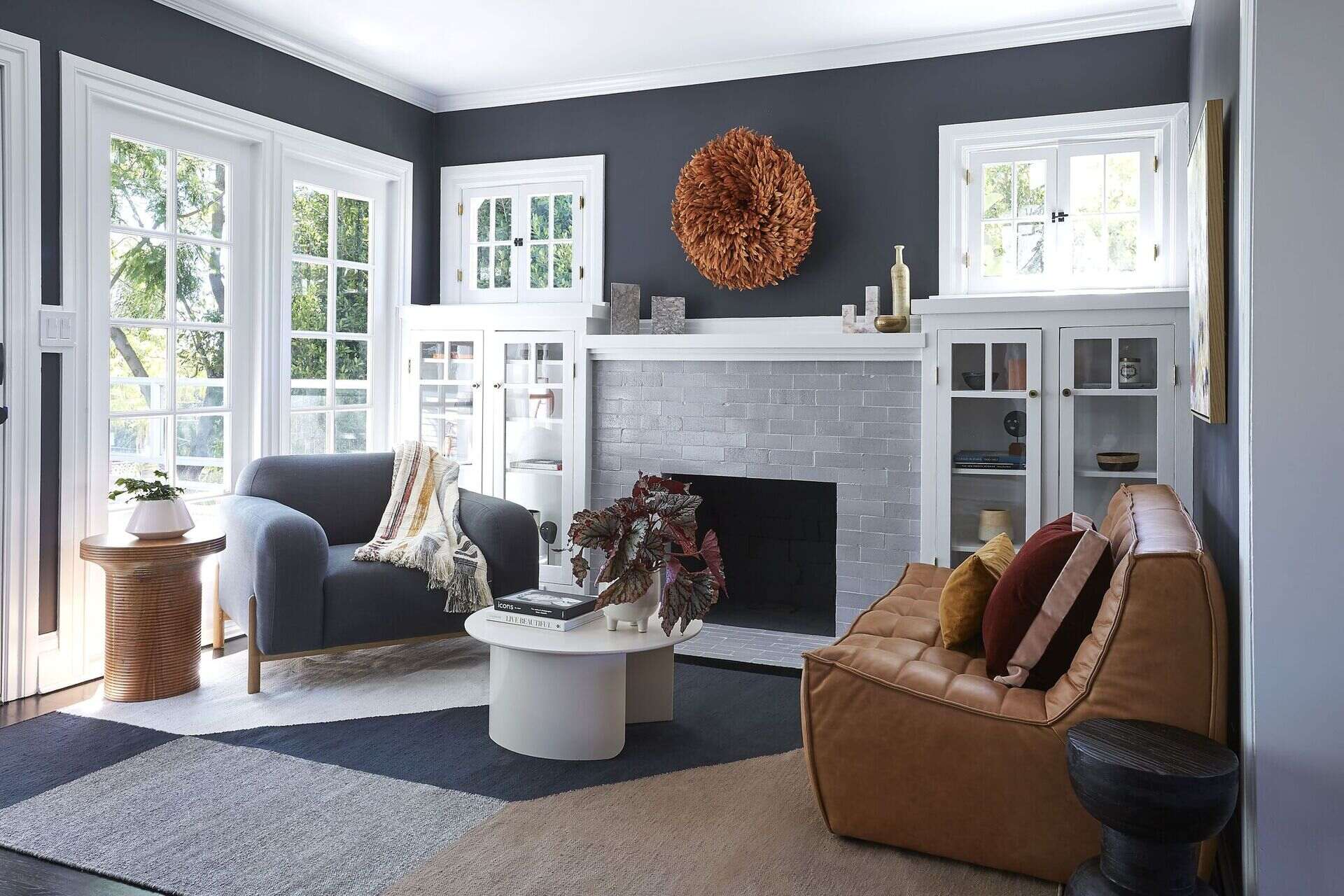
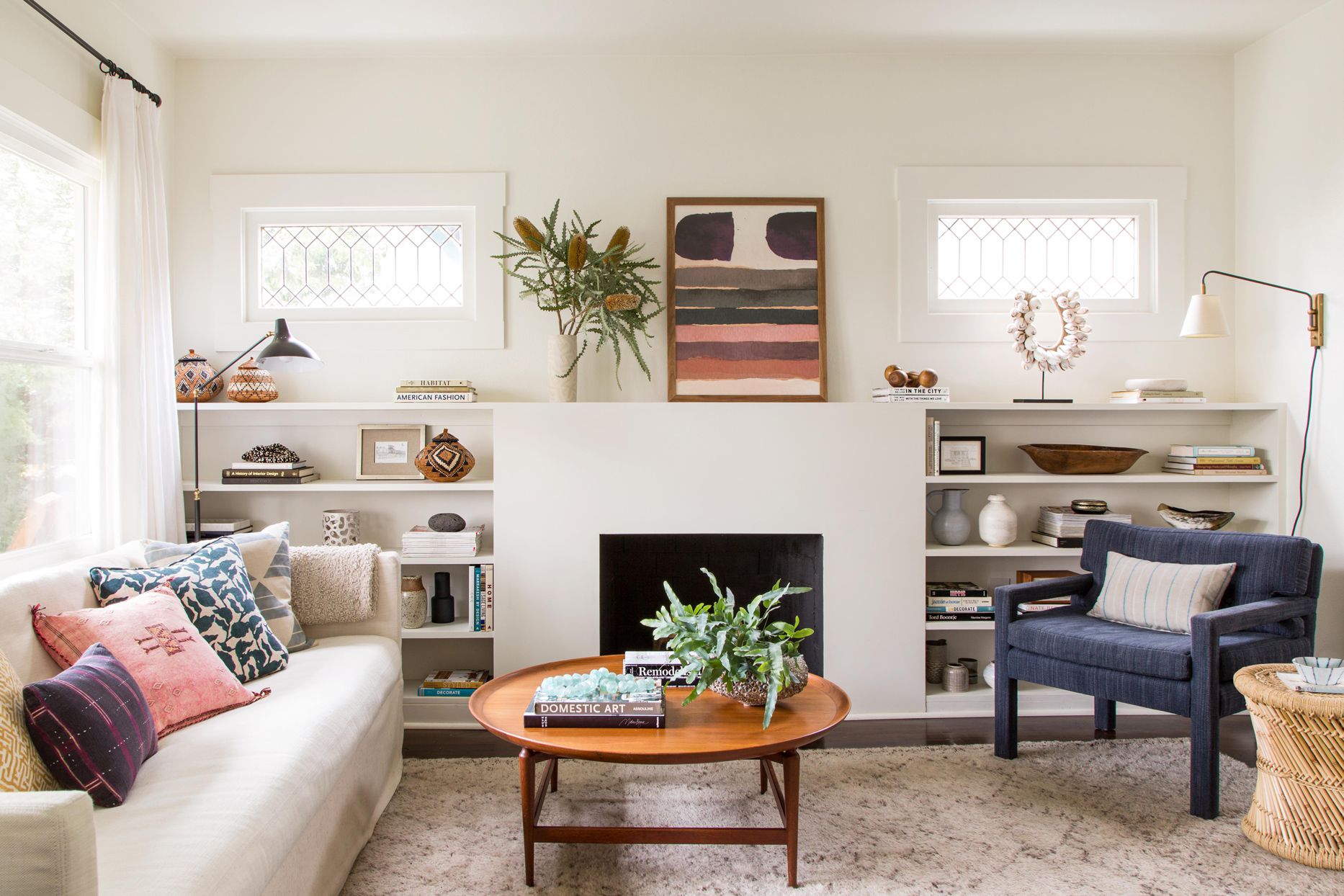
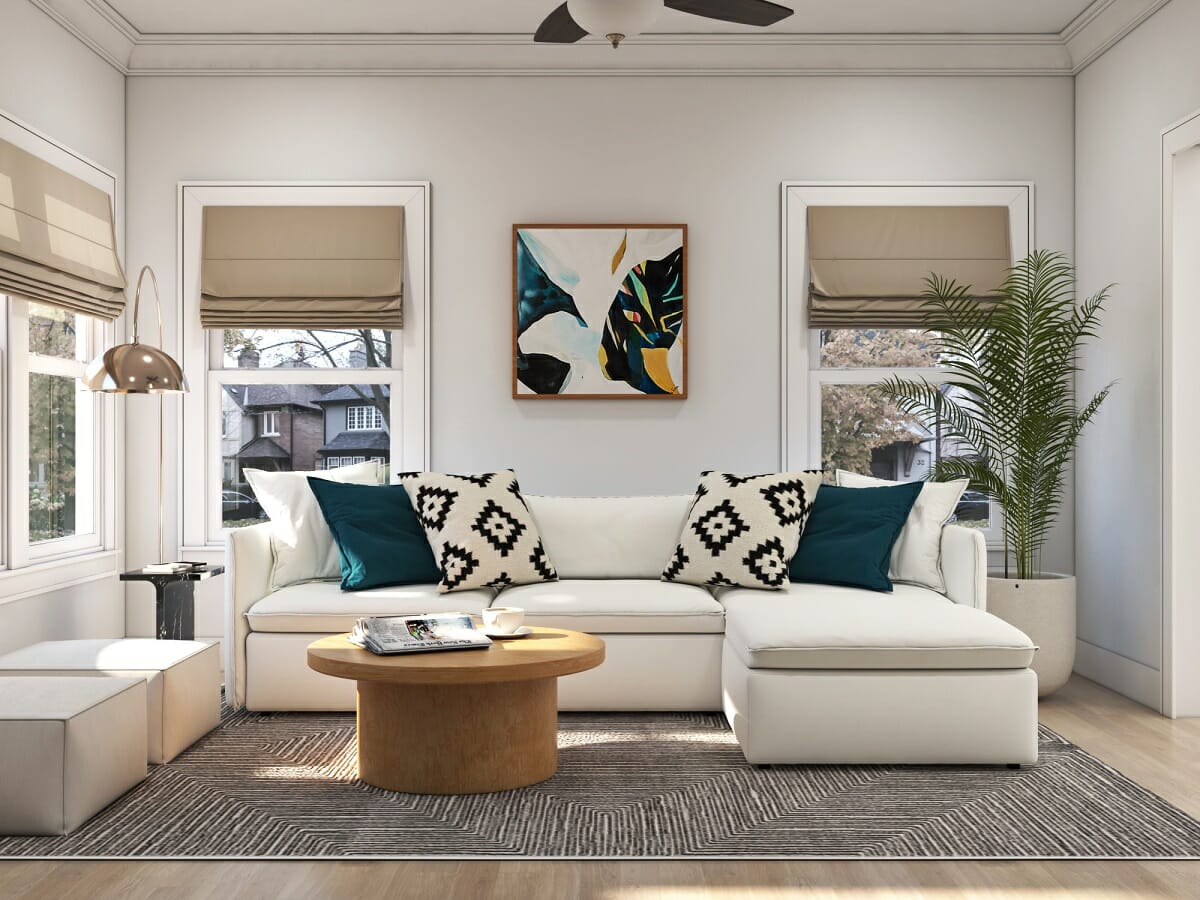
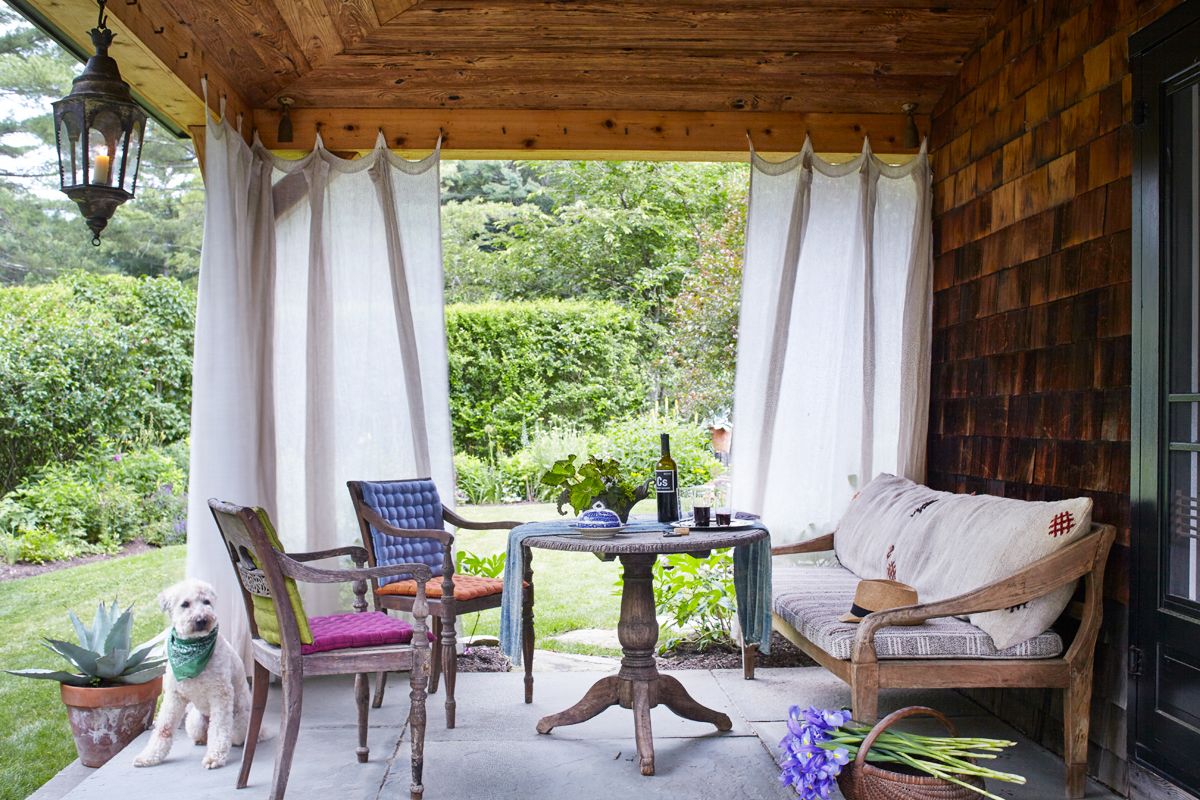
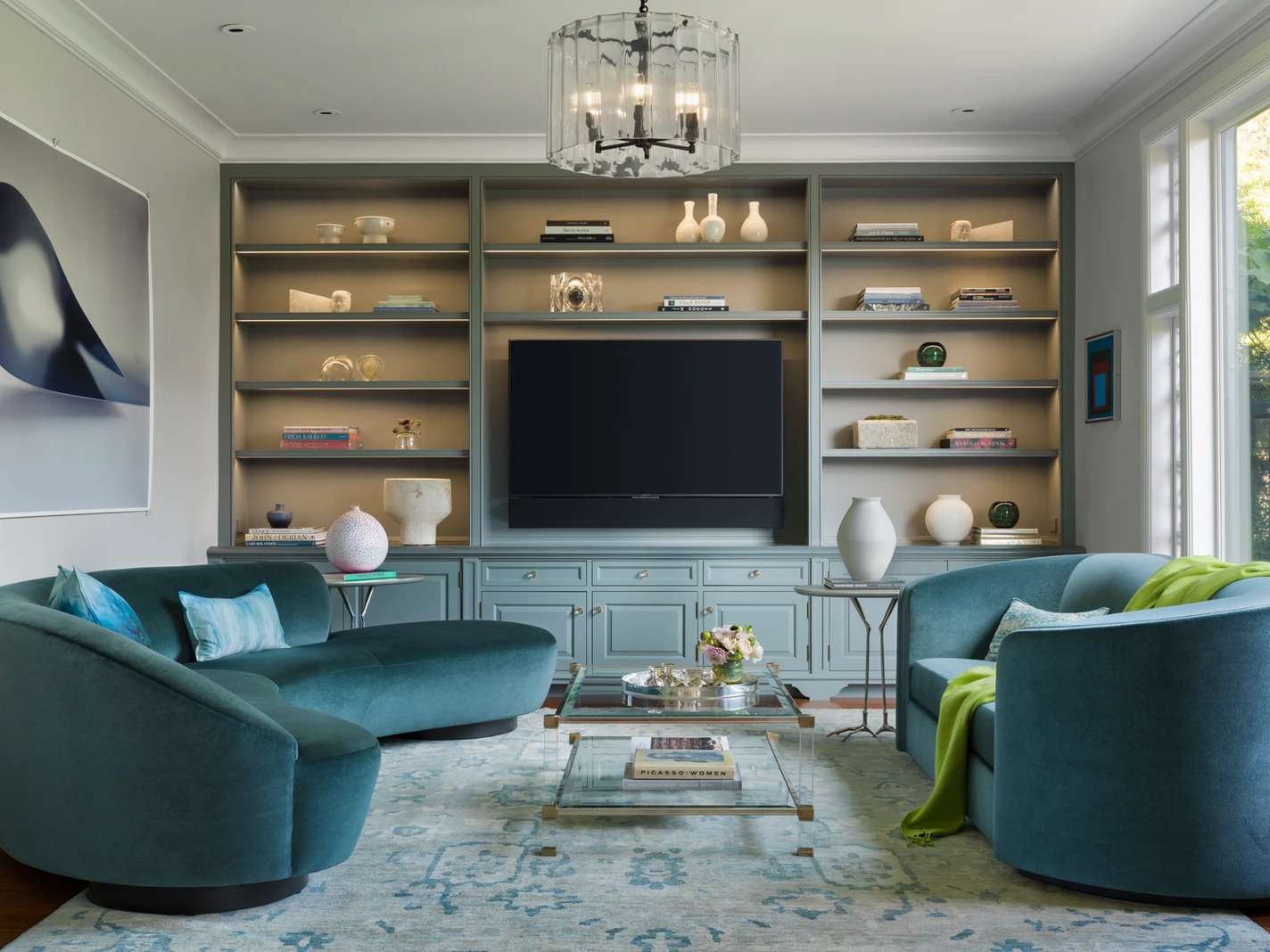
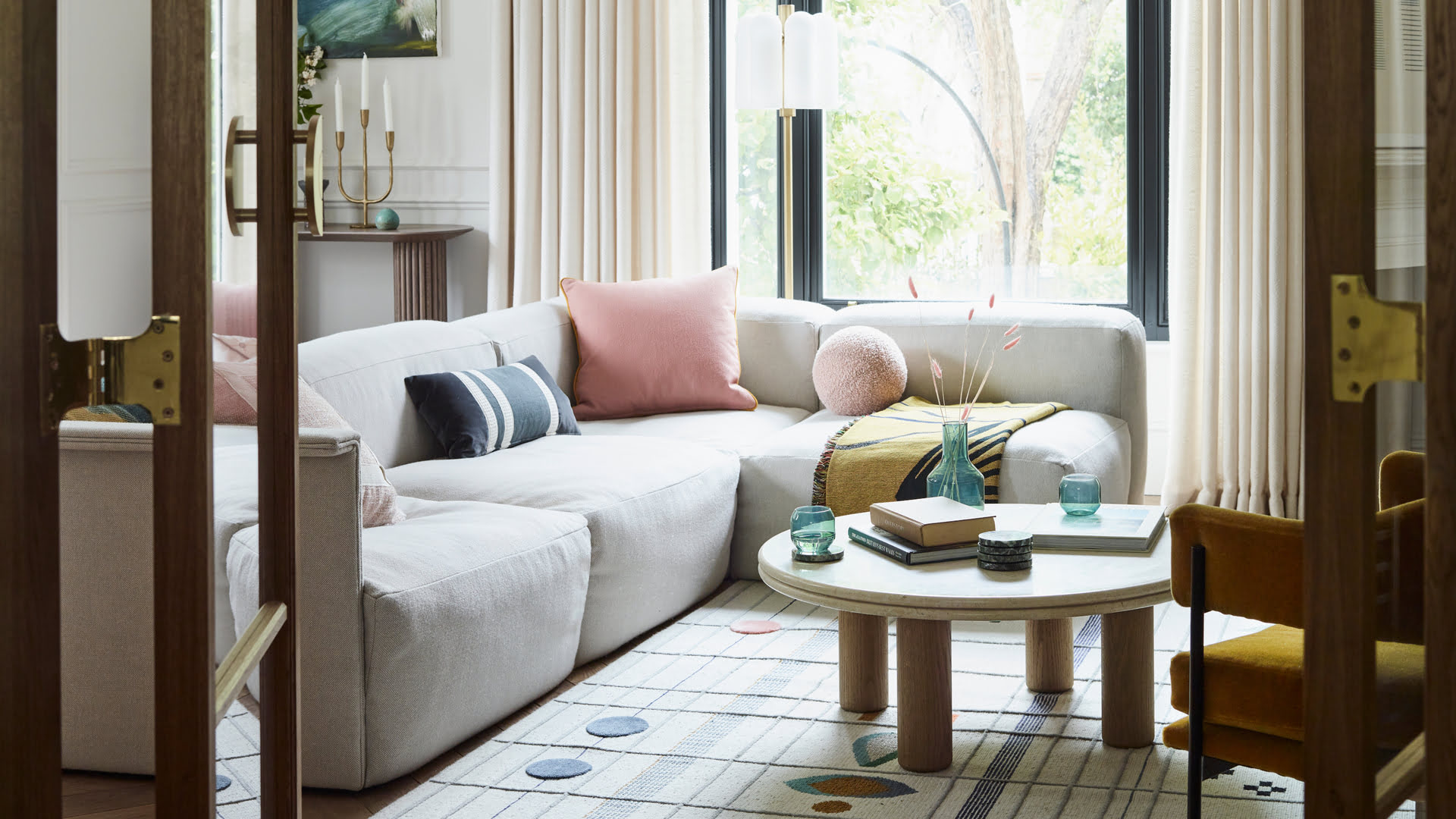
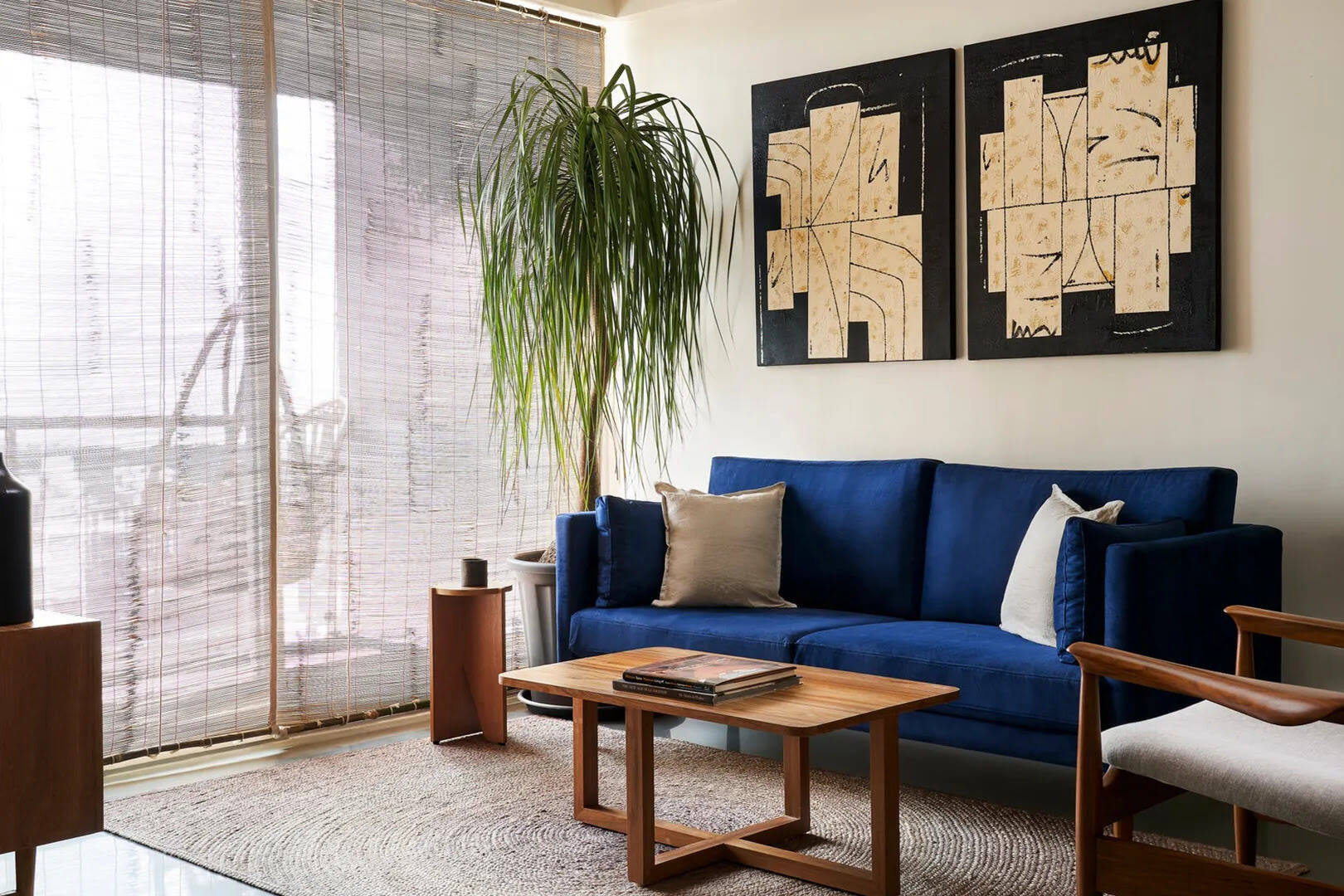
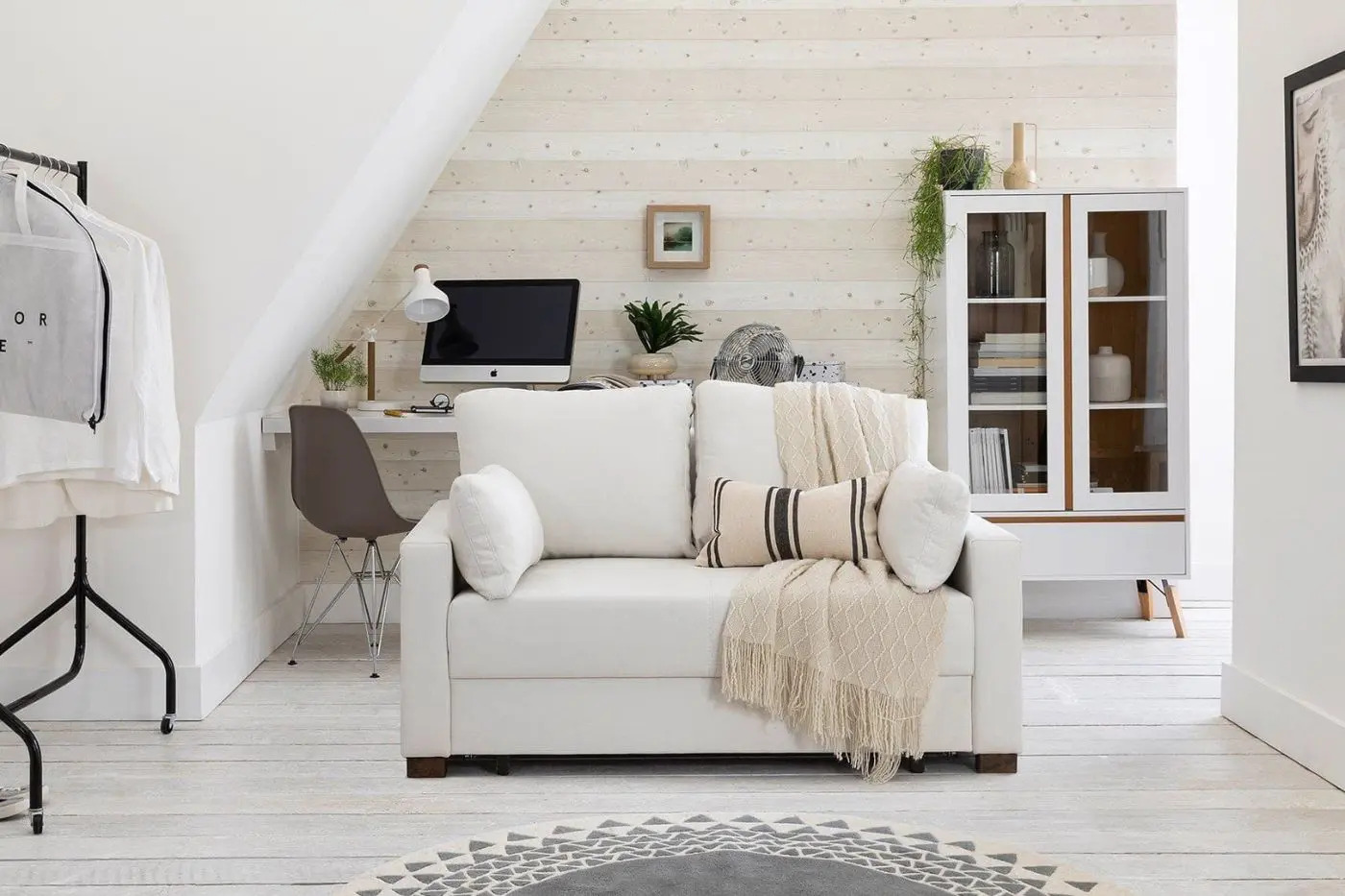
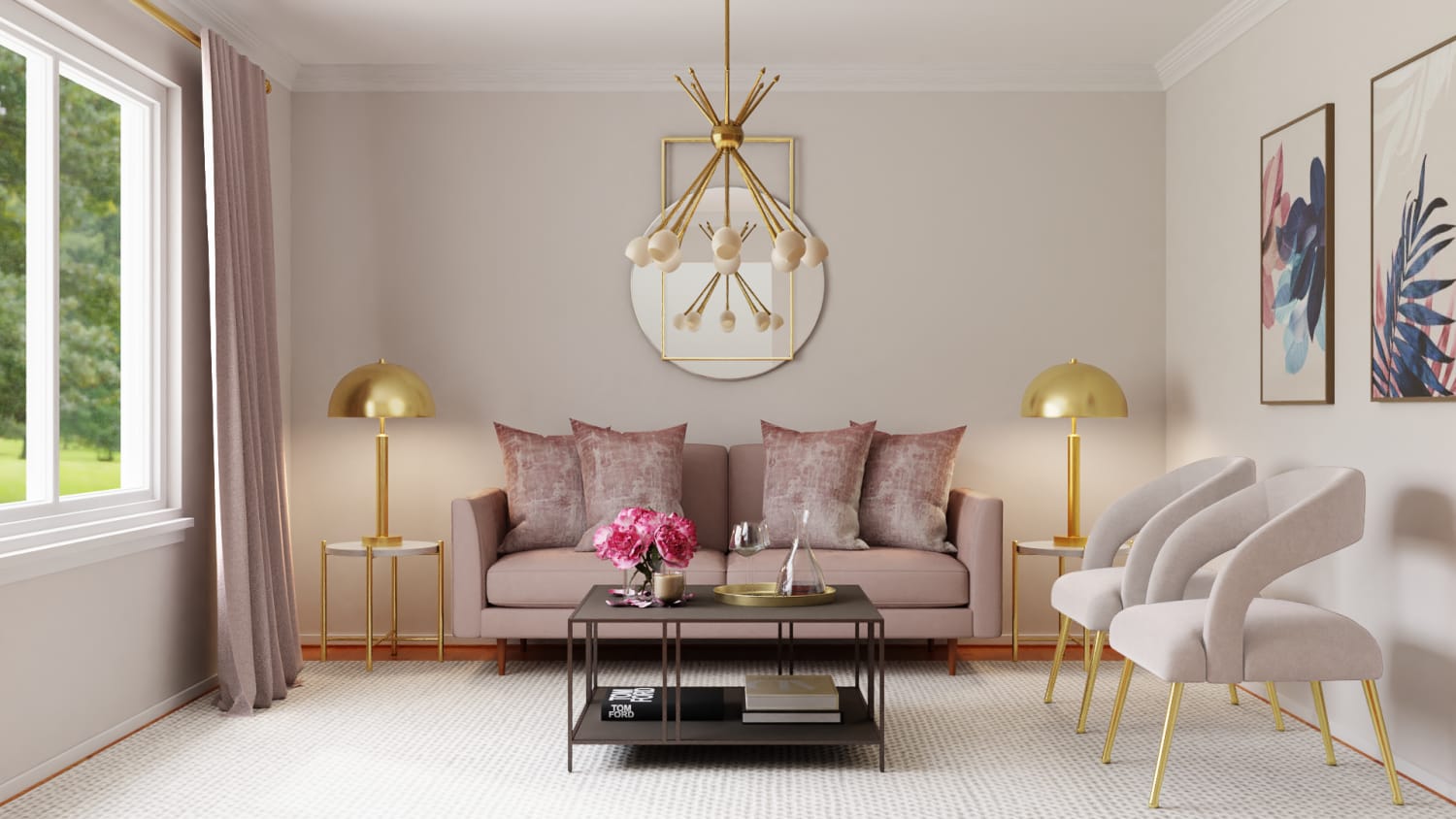
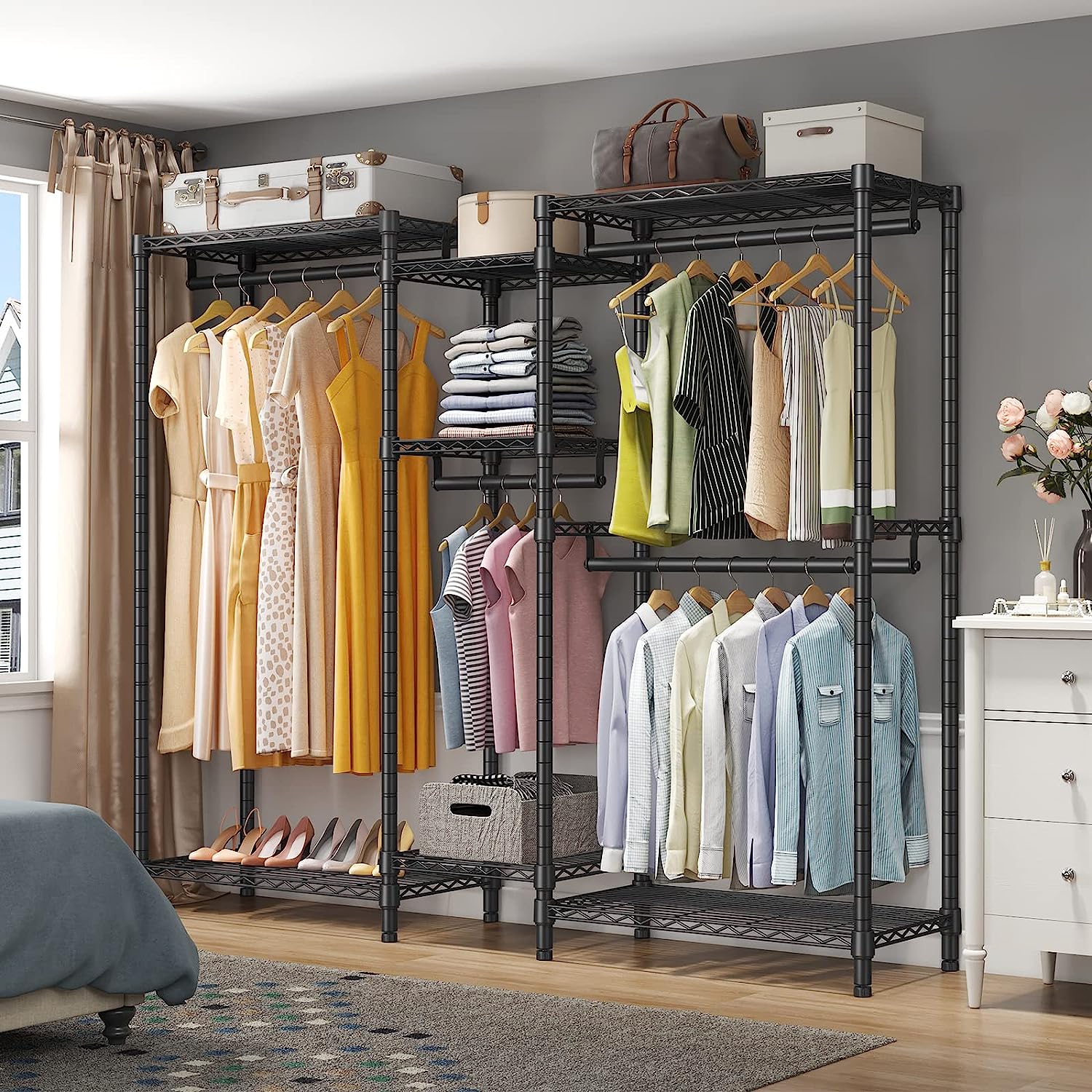
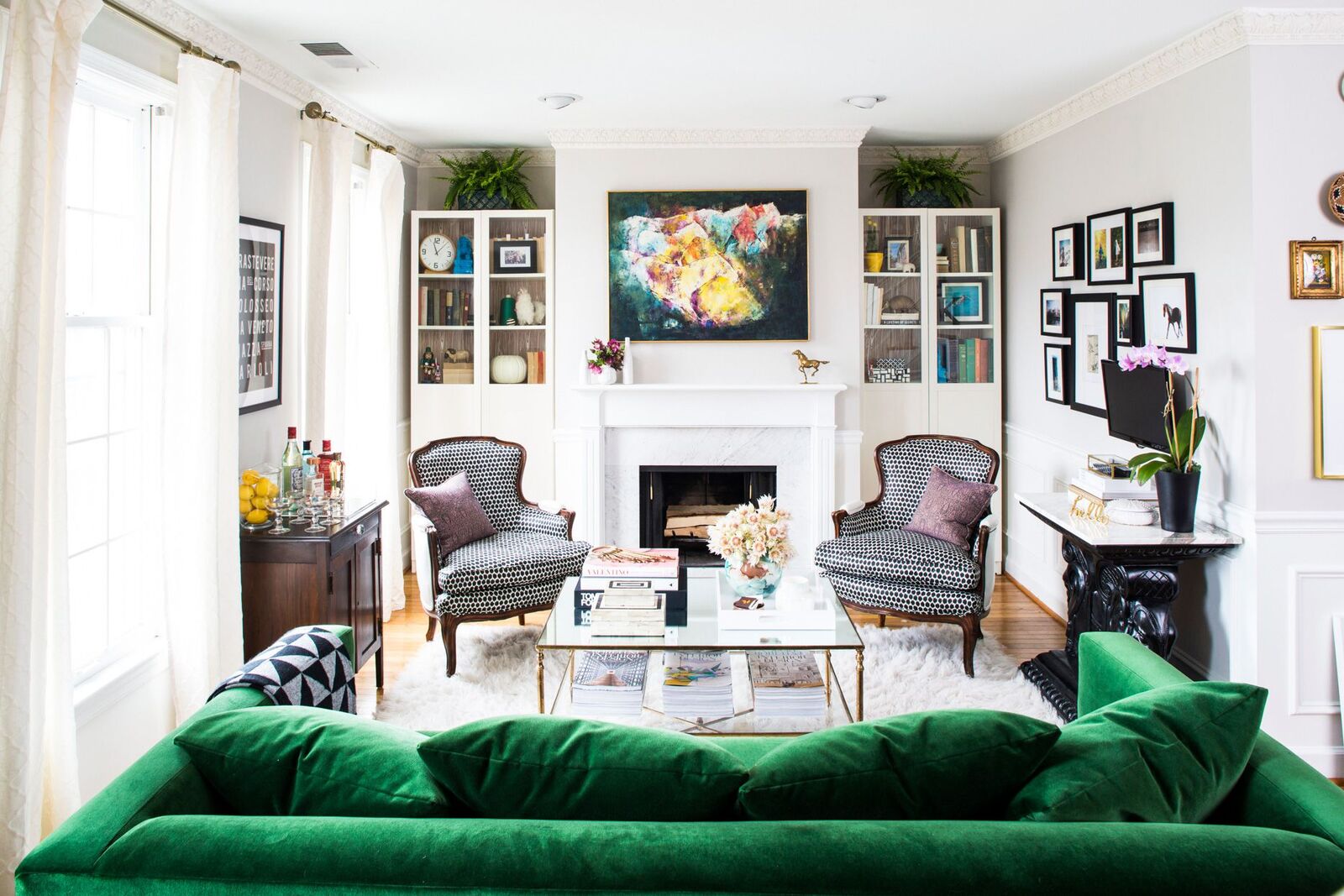
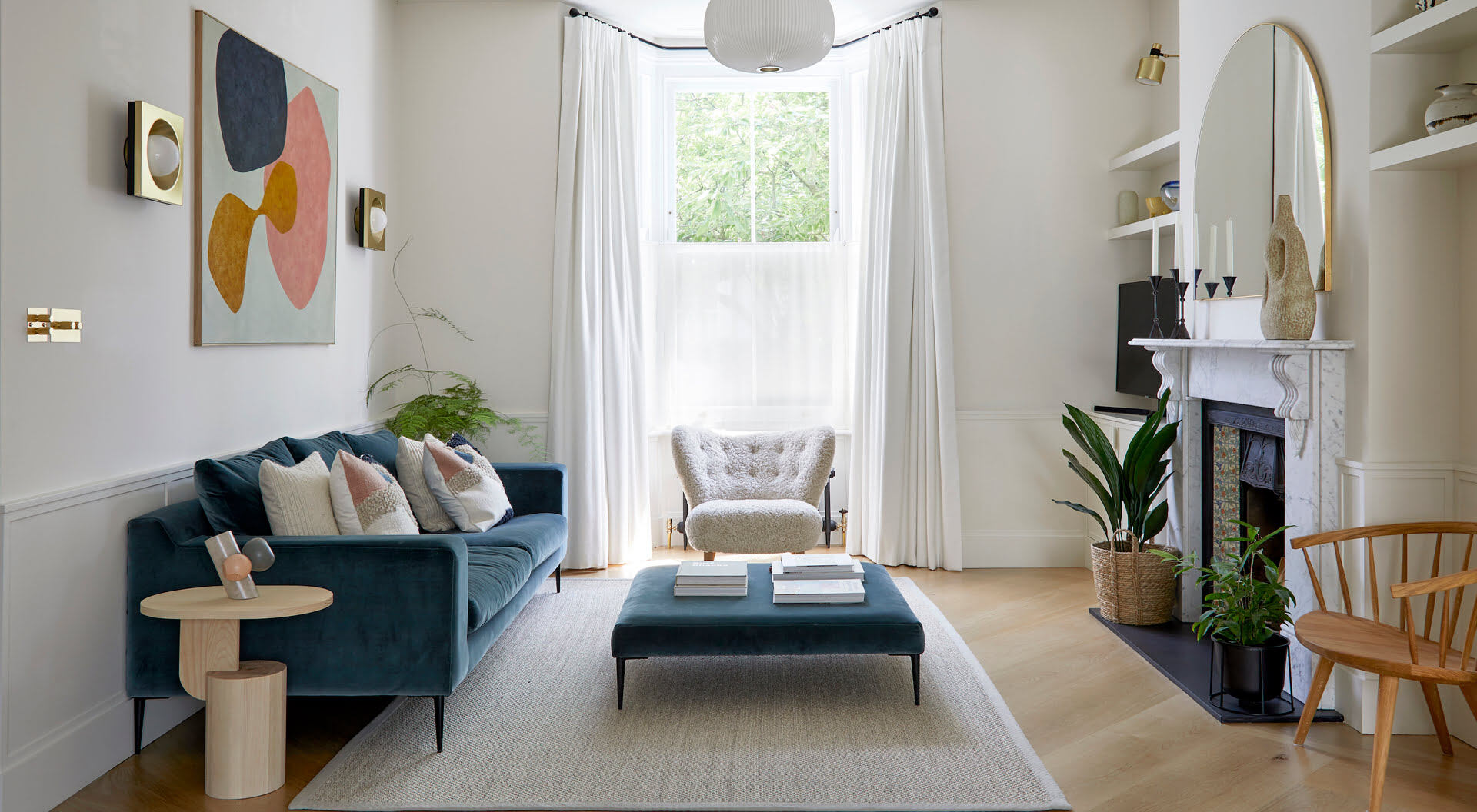
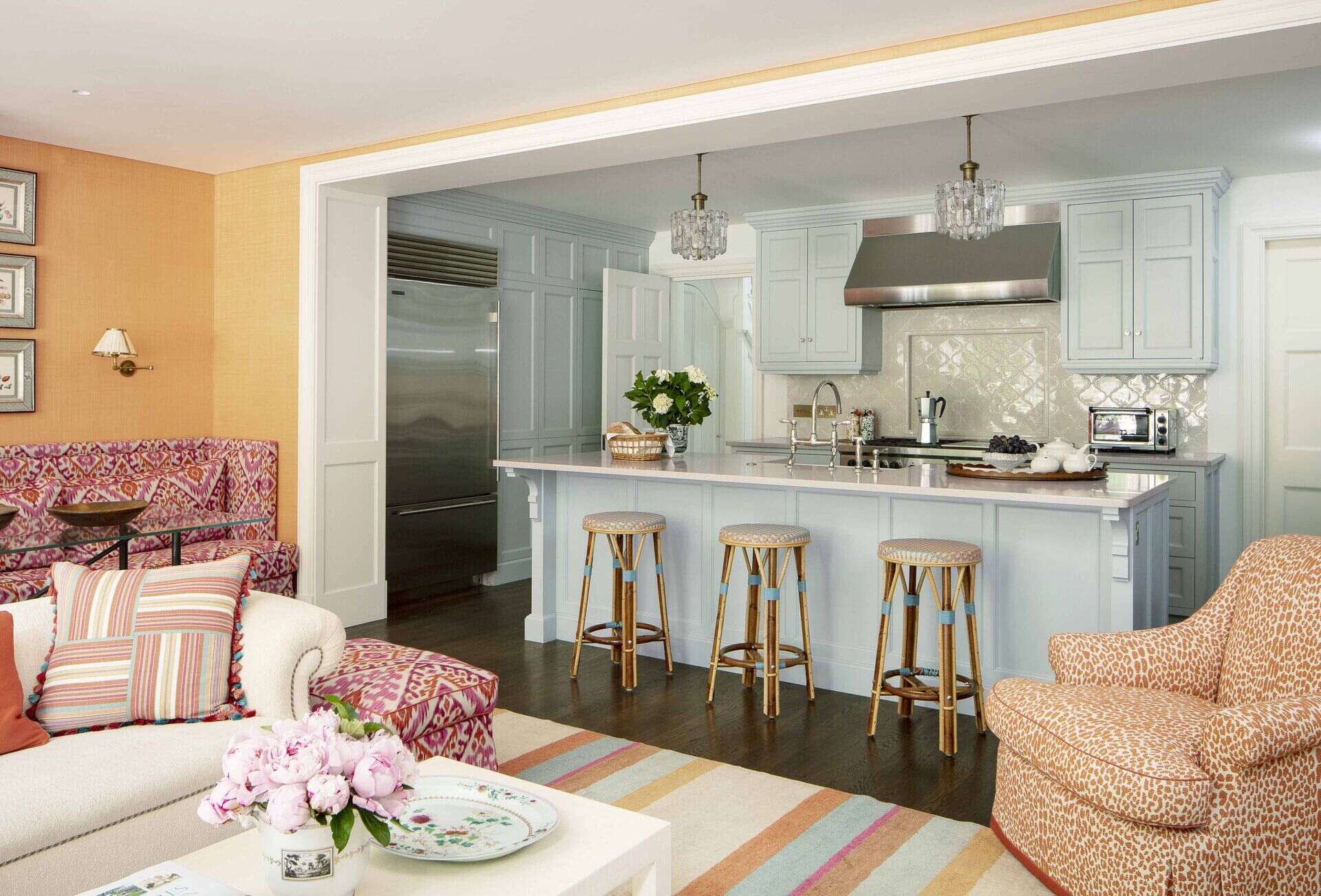

0 thoughts on “How To Maximize Small Living Room”